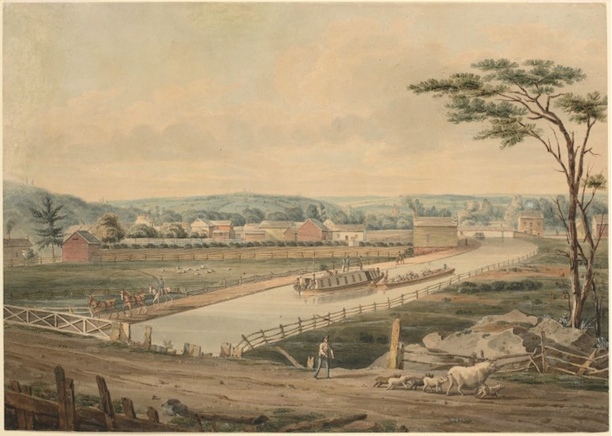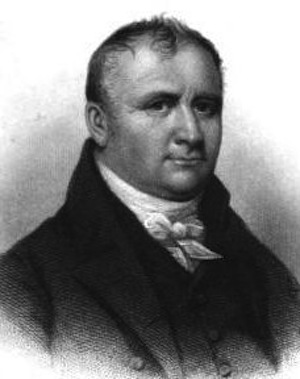Benjamin Wright helped build transportation and canal systems in the United States and served as the chief engineer on the construction of the Erie Canal. Wright’s influence was so widespread that by the mid-1800s almost every civil engineer in the country claimed some connection to him.
Wright was born in Wethersfield, Connecticut, on October 10, 1770. His father, who served as a lieutenant under George Washington during the Revolutionary War, became so ridden with debt that Benjamin spent more time working to help support his family than he did in school. A kind uncle eventually took it upon himself, however, to ensure Benjamin learned math, surveying, and law.
Erie Canal Success Brings More Engineering Projects
In 1789 the Wrights moved to Rome, New York, where Benjamin’s father farmed and Benjamin took up surveying. The vast terrain of the West drew Euro-Americans and others seeking land holdings. This created a high demand for surveyors and Wright’s business soon prospered.
In the mid-1790s, the state of New York hired English civil engineer William Weston to make surveys and design canals to allow the state to compete economically with canal-building areas in Pennsylvania and Ohio. Weston hired Wright to help with surveying, and in the next few years the two men completed several canals around the Mohawk River.
In 1813, having raised the necessary funds to build the Erie Canal, the state of New York reached out to Weston again to head this new project. By now Weston was back in England and declined the job (due partly to the hostile relationship that existed between the United States and England during the War of 1812). The job fell to Wright, who served as the chief engineer on the project between 1817 and 1825. When workers completed the canal in 1827, the first ship to travel through it received the name Chief Engineer in Wright’s honor.
Wright went on to serve on a number of important engineering projects, including the Chesapeake and Ohio Canal between 1828 and 1831, the St. Lawrence Ship Canal in 1832, and the designs for the New York and Erie Railroad in 1833. He also served as chief engineer and street commissioner for New York City in the latter part of the 1830s.
At the age of 70 Wright retired but still found time to chair the committee designed to establish the country’s first national engineering society. Wright passed away in New York City in 1842, but in 1969 the American Society of Civil Engineers (ASCE) declared him “The Father of American Civil Engineering.” One year later, the ASCE and the Connecticut Society of Civil Engineers donated a plaque to mark his birthplace in Wethersfield.










